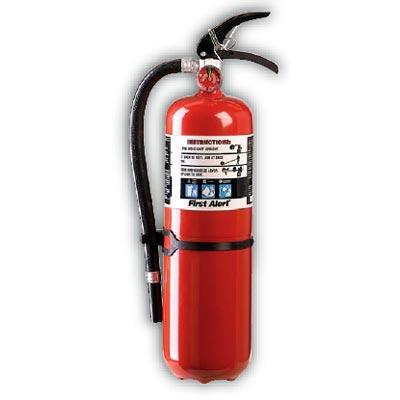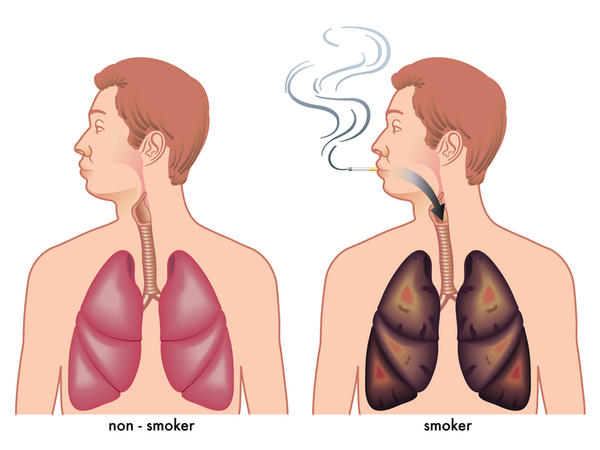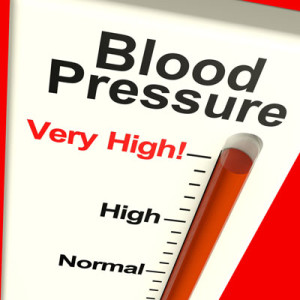 Risk management includes the following five processes:
Risk management includes the following five processes:
- Identification: The process of identifying exposures (whether financial, social, physical, juridical, political, or otherwise) that face the organization.
- Analysis: Determine how these exposures impact or could impact the organization.
- Control: Determine how to control these exposures by eliminating them or reducing their effect.
- Finance: The step where it is determined how will these exposures be dealt with as they arrive? Through insurance premiums paid in advance, or through internal funds, etc.
- Administration: The final step in the process is to put all the above work together into practice, and ultimately to start over.
Risk Management is a process that builds on each step. Insurance falls into Step 4 Finance…it’s critical to implement the first 3 steps to be rewarded in Step 4 with lower costs.









